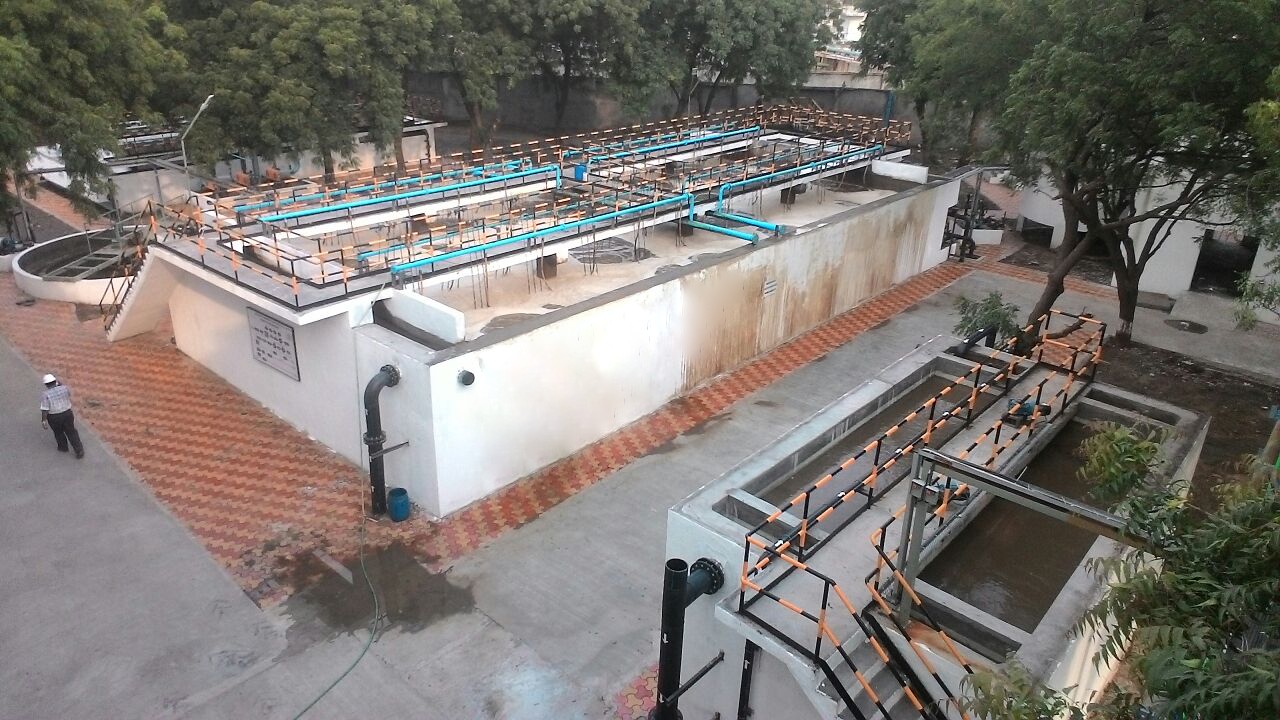Although it is important to transform the nitrogen in wastewater from ammonia to nitrate, excessive amounts of nitrate are also harmful as it threaten the health and aid to eutrophication. The conversion of ammonia to nitrite and then to nitrate is usually done in the aerobic treatment processes.
De-nitrification

Denitrification is essentially the conversion of nitrate to nitrogen gas. Denitrification is a natural process carried out by many microorganisms when sufficient oxygen is lacking. Instead of using oxygen as the final electron acceptor in metabolism nitrate is used. Denitrification takes place through both assimilatory and dissimilatory cellular functions in suspended growth systems; however dissimilatory cellular function is more commonly used due to low microbial yields and relatively small fraction of nitrogen is removed through assimilation. Since most community wastewaters have a higher ratio of BOD:N, the internally available carbon becomes attractive and economical for denitrification. Denitrification releases nitrogen which escapes as an inert gas to the atmosphere while oxygen released stays dissolved in the liquid and thus reduces the oxygen input needed into the system.
Adopting Denitrification as a primary treatment helps reducing ammonia and nitrogen content in the treated effluent at lower operating cost as the oxygen input to the system is reduced.

We have successfully installed integrated treatment for metal plating industries.

